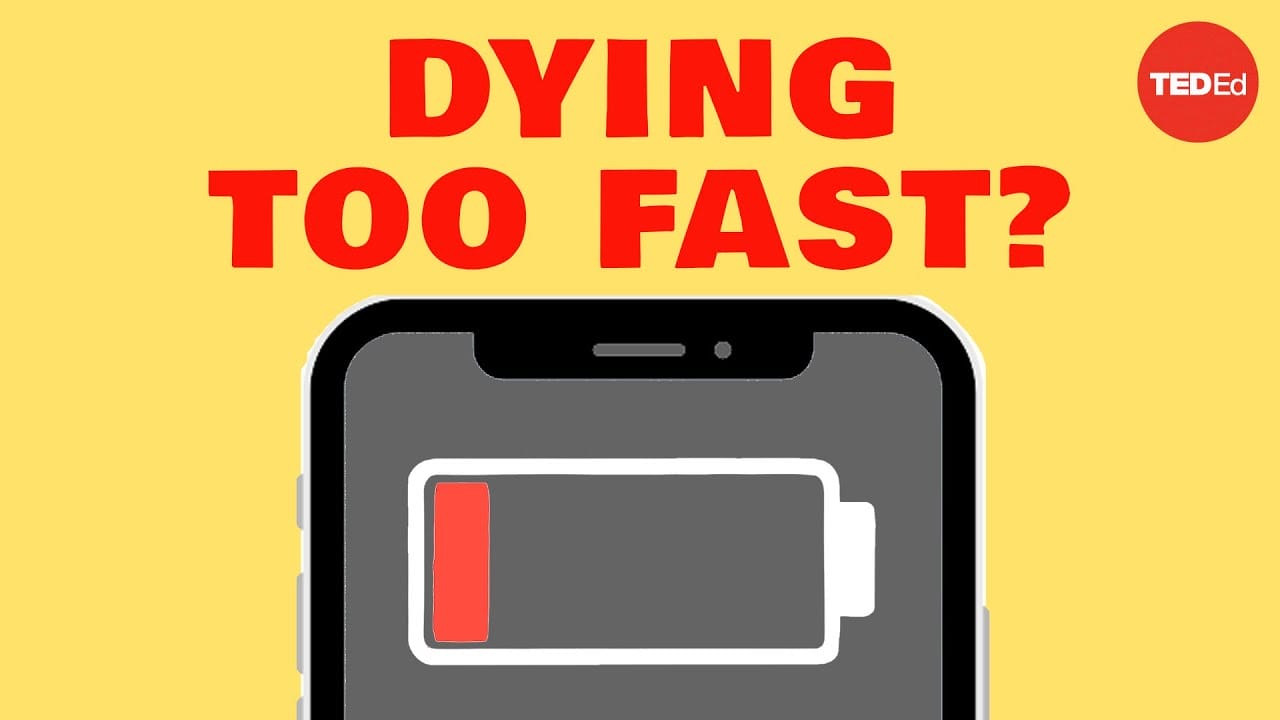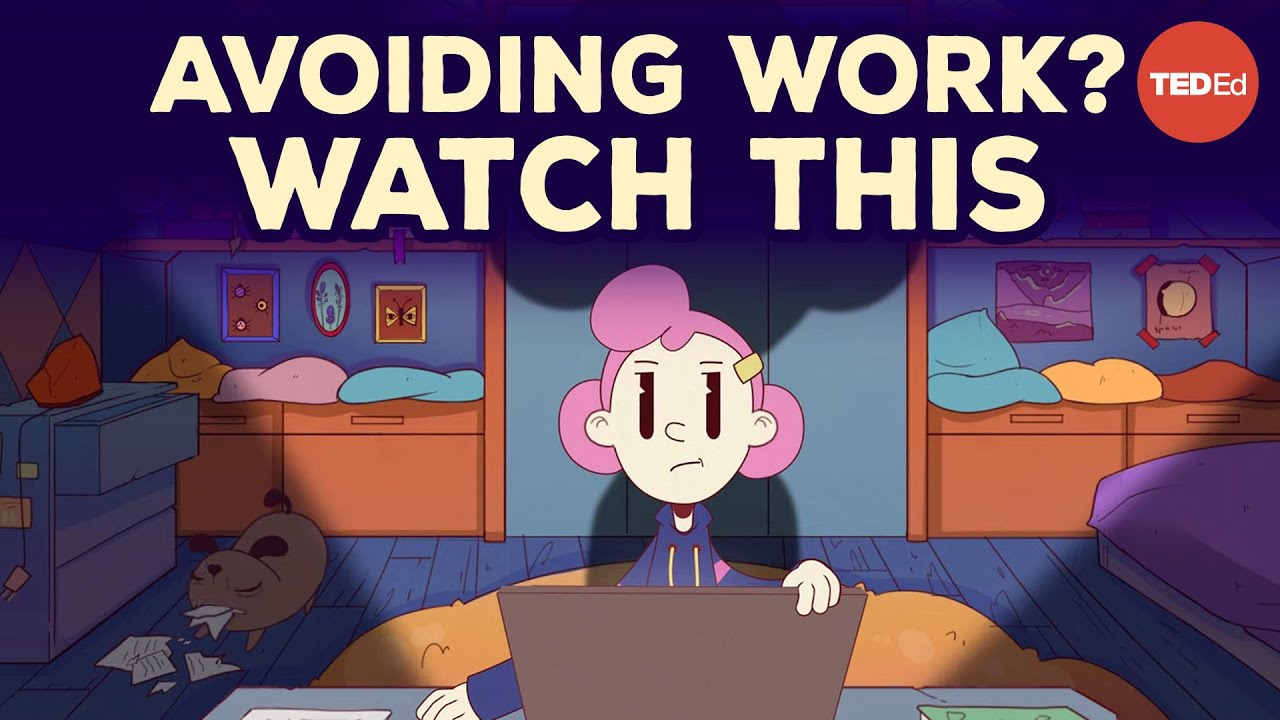How Tsunamis Work
Chat With Your XTutor About This Video Lesson
Lesson Article
The Historical Event of Potidaea
In 479 BC, the Persian soldiers laid siege to the Greek city of Potidaea. The tide unusually retreated much farther than usual, providing a seemingly convenient invasion route. However, this was not a stroke of luck. Before they had crossed halfway, the water returned in a wave higher than anyone had ever seen, drowning the attackers. The Potiidaeans believed they had been saved by the wrath of Poseidon. But what really saved them was likely the same phenomenon that has destroyed countless others: a tsunami.
Understanding Tsunamis
Although tsunamis are commonly known as tidal waves, they’re actually unrelated to the tidal activity caused by the gravitational forces of the Sun and Moon. In many ways, tsunamis are just larger versions of regular waves. They have a trough and a crest, and consist not of moving water, but the movement of energy through water. The difference is in where this energy comes from. For normal ocean waves, it comes from wind. Because this only affects the surface, the waves are limited in size and speed. But tsunamis are caused by energy originating underwater, from a volcanic eruption, a submarine landslide, or most commonly, an earthquake on the ocean floor caused when the tectonic plates of the Earth’s surface slip, releasing a massive amount of energy into the water.
Formation of Tsunamis
This energy travels up to the surface, displacing water and raising it above the normal sea level, but gravity pulls it back down, which makes the energy ripple outwards horizontally. Thus, the tsunami is born, moving at over 500 miles per hour. When it’s far from shore, a tsunami can be barely detectable since it moves through the entire depth of the water. But when it reaches shallow water, something called wave shoaling occurs. Because there is less water to move through, this still massive amount of energy is compressed. The wave’s speed slows down, while its height rises to as much as 100 feet.
The Impact of Tsunamis
The word tsunami, Japanese for “harbor wave,” comes from the fact that it only seems to appear near the coast. If the trough of a tsunami reaches shore first, the water will withdraw farther than normal before the wave hits, which can be misleadingly dangerous. A tsunami will not only drown people near the coast, but level buildings and trees for a mile inland or more, especially in low-lying areas. As if that weren’t enough, the water then retreats, dragging with it the newly created debris, and anything, or anyone, unfortunate enough to be caught in its path. The 2004 Indian Ocean tsunami was one of the deadliest natural disasters in history, killing over 200,000 people throughout South Asia.
Protecting Ourselves Against Tsunamis
So how can we protect ourselves against this destructive force of nature? People in some areas have attempted to stop tsunamis with sea walls, flood gates, and channels to divert the water. But these are not always effective. In 2011, a tsunami surpassed the flood wall protecting Japan’s Fukushima Power Plant, causing a nuclear disaster in addition to claiming over 18,000 lives. Many scientists and policy makers are instead focusing on early detection, monitoring underwater pressure and seismic activity, and establishing global communication networks for quickly distributing alerts. When nature is too powerful to stop, the safest course is to get out of its way.
Discussion Questions
- Have you ever heard of the historical event of Potidaea? What are your thoughts on the role of tsunamis in saving the city?
- What surprised you the most about the formation of tsunamis and how they differ from regular ocean waves?
- Do you think the term “tidal wave” is misleading when referring to tsunamis? Why or why not?
- How do you think the impact of tsunamis on coastal areas can be minimized? Do you believe sea walls and flood gates are effective measures?
- Can you think of any other ways to protect ourselves against tsunamis, besides early detection and warning systems?
- What are your thoughts on the devastating consequences of the 2004 Indian Ocean tsunami? How can we better prepare for such natural disasters?
- Do you think it’s possible to fully prevent the destruction caused by tsunamis, or is it better to focus on evacuation and minimizing loss of life?
- What role do you think global communication networks play in protecting coastal communities from tsunamis? How can they be improved?
Lesson Vocabulary
persian – relating to Persia or its people – The Persian Empire was one of the largest empires in history.
greek – relating to Greece, its people, or their language – The Greek civilization made significant contributions to philosophy and mathematics.
potidaea – an ancient Greek city located on the Pallene peninsula of Macedonia – Potidaea was a thriving city-state during ancient times.
tsunami – a long high sea wave caused by an earthquake, submarine landslide, or other disturbance – The devastating tsunami in 2004 claimed thousands of lives in Southeast Asia.
tidal waves – large, powerful ocean waves caused by the gravitational interactions between the Sun, Moon, and Earth – The coastal town was heavily damaged by the impact of tidal waves during the storm.
energy – the capacity to do work, generate power, or cause change – Renewable energy sources such as solar and wind power are becoming increasingly popular.
water – a transparent, odorless, tasteless liquid that forms the seas, lakes, rivers, and rain and is the basis of the fluids of living organisms – Drinking enough water is essential for maintaining good health.
earthquake – a sudden and violent shaking of the ground, often caused by the movement of tectonic plates beneath the Earth’s surface – The earthquake measured 7.2 on the Richter scale and caused widespread destruction.
coast – the part of the land near the sea; the edge of the land – She decided to take a walk along the coast to enjoy the refreshing ocean breeze.
disaster – a sudden event, such as an accident or natural catastrophe, that causes great damage or loss of life – The hurricane resulted in a major disaster, leaving thousands of people homeless.
Share This Lesson:
- Categories: Earth & Space Science, TED Ed, Video Lessons
- Keywords: coast, disaster, earthquake, energy, Greek, Persian, Potidaea, tidal waves, tsunami, water








